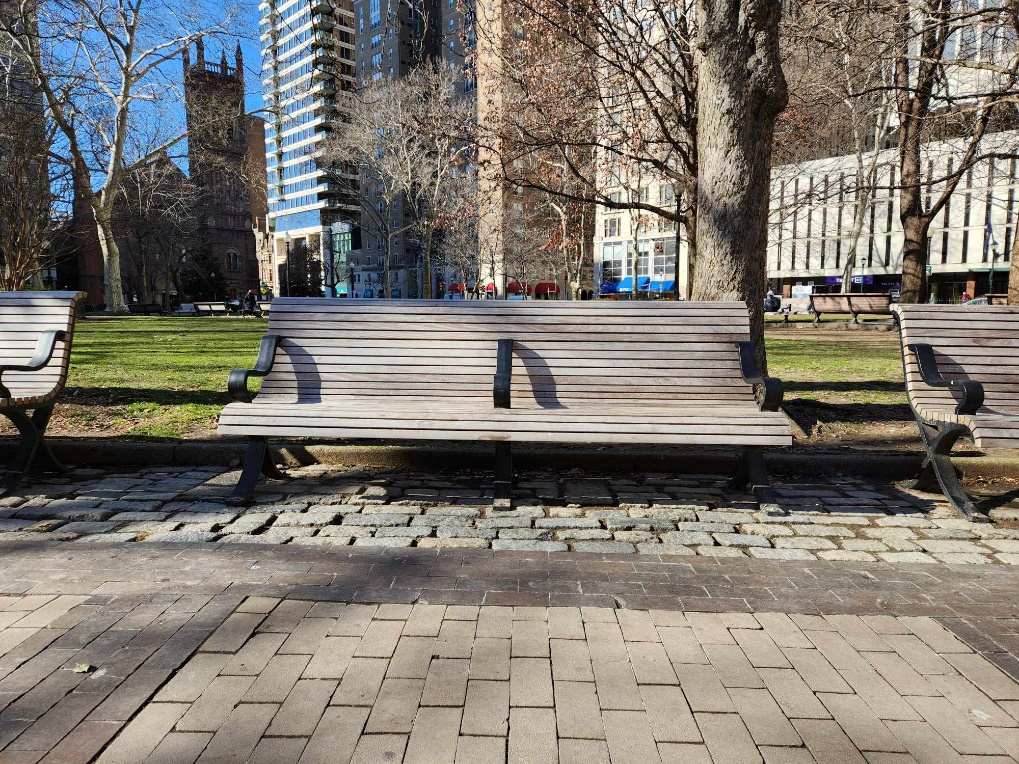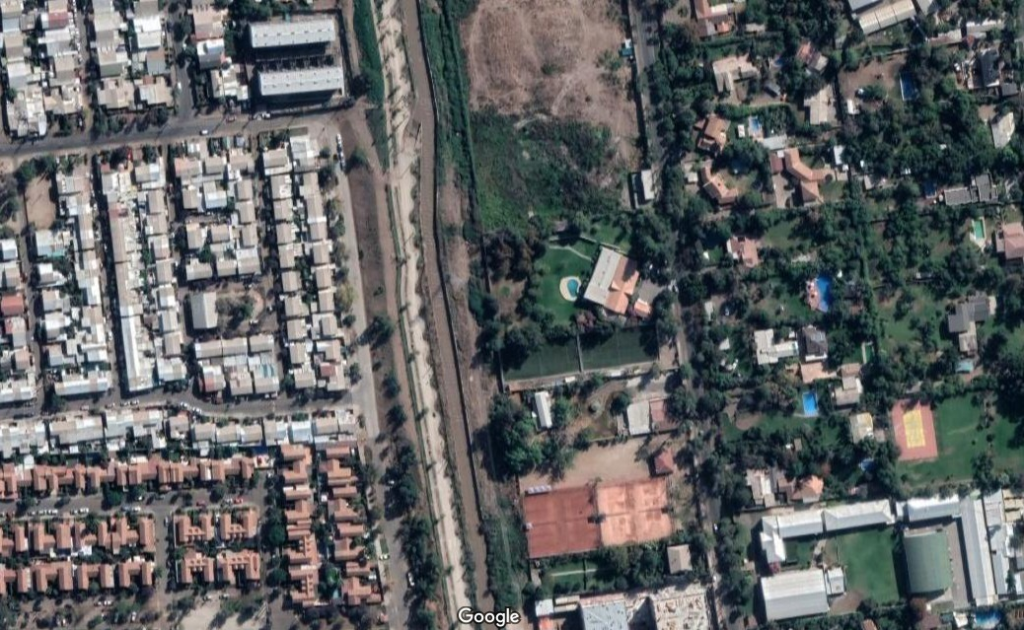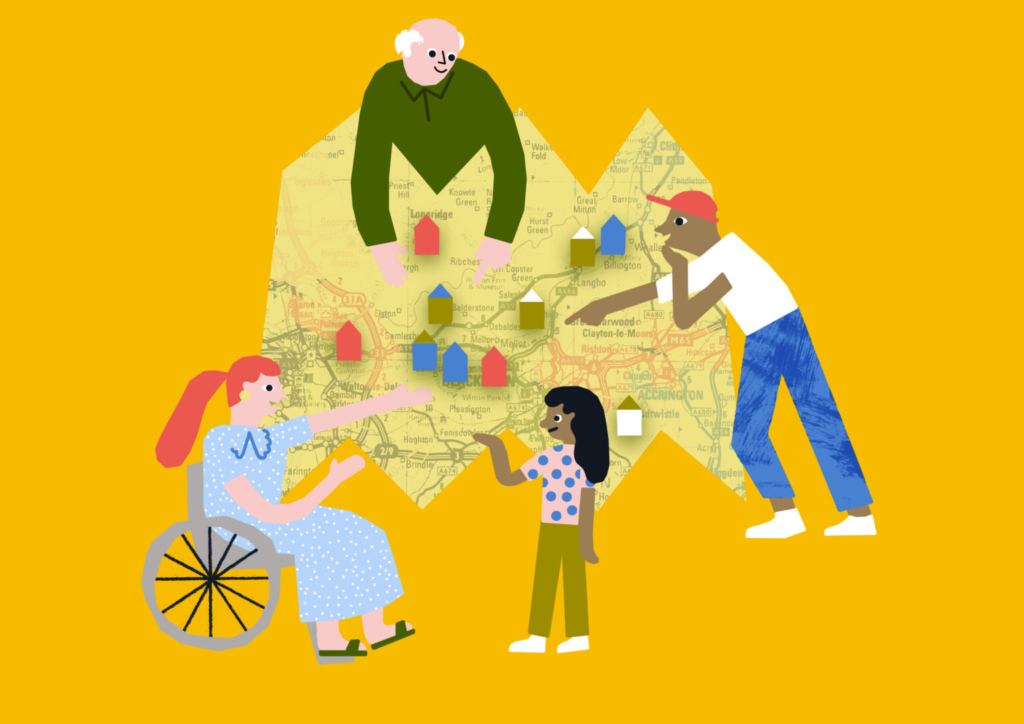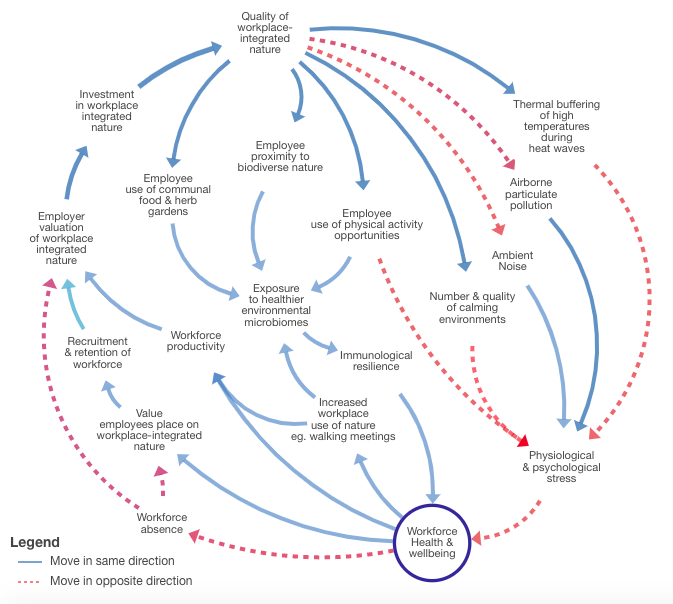City Know-hows

Death remains an ever-present threat to the unhoused community. Hostile architecture designs like benches with middle armrests or spikes along ledges likely contribute to the massive health disparities homeless individuals face. It’s time to design something new.
Share
Target audience
Urban planners, city planning officials who play a role in how public spaces are organized and constructed, public health officials whose research interests are in the homeless population or the built environment
The problem
Individuals facing homelessness are also subjected to vast health disparities compared to those living in stable housing. Some of these health disparities may be due to the built environment of our cities, specifically how public spaces are built or include design features to exclude the presence of the homeless population (commonly known as “hostile architecture”). To date there is little research or speculation about the health effects of these designs.
What we did and why
This article introduces hostile architecture to the readers utilizing a theoretical background and real-world examples, as well as explores various aspects of the health and wellbeing of those who face absolute homelessness. I then discuss how conceptually there is likely a relationship between hostile architecture and the health of the unhoused population. Utilizing the tools of urban bioethics, I outline several ethical frameworks to judge this relationship.
Our study’s contribution
This article sheds light on an aspect of public design that is an emerging subject in the public and academic spheres. New to the discussion of hostile architecture is how it may influence health outcomes of the unhoused population. I also introduce the subject to the field of urban bioethics, which would likely have much to say in regard to further research and consideration of using hostile architecture.
Impacts for city policy and practice
This article is only a conceptual discussion of hostile architecture and homeless health. Further research is warranted to fully understand the extent that these designs may be harming this population and how to adequately advocate for these individuals. Careful re-design of our public spaces may be warranted, however further funding for homeless resources and housing programs are likely to generate the greatest impact on improving homeless health disparities.
Further information
Full research article:
Related posts

Residential segregation by socioeconomic status in Chilean cities is not well described by classical dimensions developed in USA in terms of race. We suggest that

How can community consultations in planning be more effective, inclusive, and be ready for the post-pandemic era? Results from the project Community Consultation for Quality of Life find that participation in consultation can lead to increased wellbeing for individuals and communities.

The future of workplaces now includes ‘remote’ for many, which has many health benefits. The future of ‘the office’ needs to evolve too and bringing more nature into the workplace is a healthy place to start.